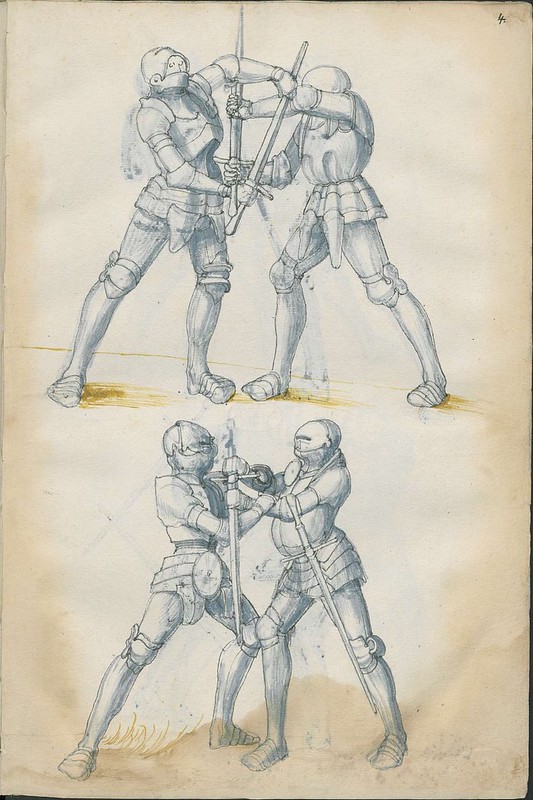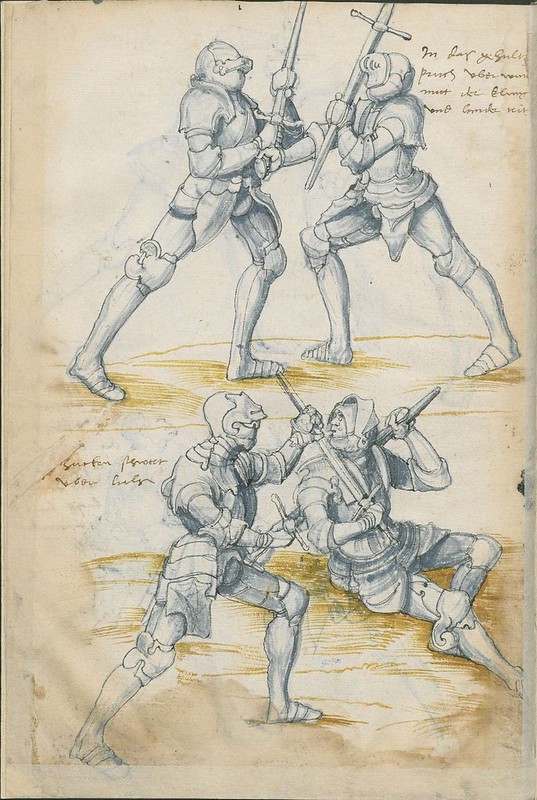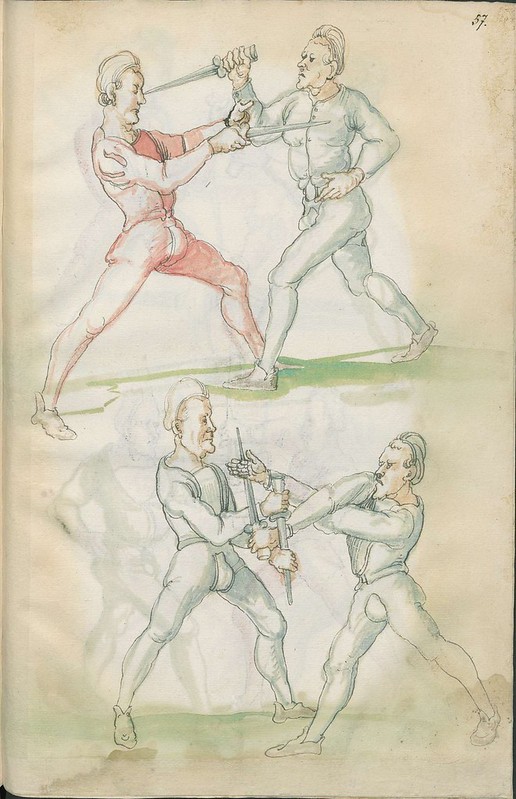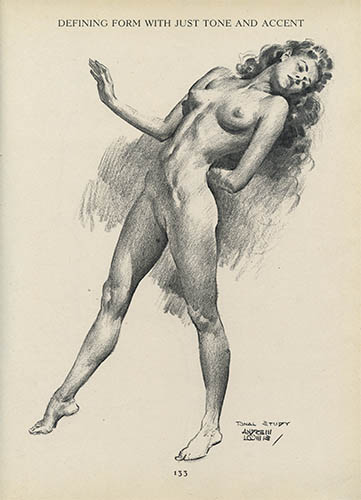
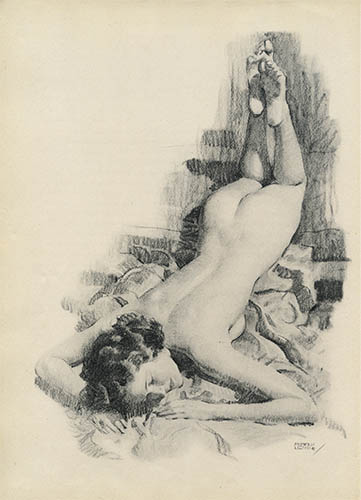 |
| Figure Drawing, a book intended for beginning commercial artists, was in every way more ambitious than Fun with a Pencil. Loomis’ approach to geometry, proportion and perspective as well as balance, rhythm and movement was as lucid and essential as anything ever published on the subject. It was is a classic of illustration. The American Academy of Art even called it “one of the most brilliant contributions that figure drawing has ever received” |
 |
| WWII pin-up adaptation to increase soldiers moral in 1943 (not A. Loomis original) |
In 1915 he moved to Chicago to work at the pioneering
advertising studio of Charles Daniel Frey and continued his studies under
Leopold Seifert at the Chicago Art Institute. After service in WWI he returned
to Chicago and worked in several studios before establishing his own in 1922.
For the next 20 years he would be one of the most
successful commercial artists in America. He did editorial illustration for
Ladies Home Journal, The Saturday Evening Post, Redbook and Life, as well as
commercial illustration for Coca-Cola, General Electric, Maxwell House, etc.
Bibliography (from wikipedia A. Loomis BIO)
·
Fun with a Pencil
(1939). Reissued as a full facsimile of the original on April 5, 2013 from
Titan Books.
·
Figure Drawing for All
It's Worth (1943). Reissued as a full facsimile of the original on May 27, 2011
from Titan Books.
·
Creative Illustration
(1947). Reissued as a full facsimile of the original on October 12, 2012 from
Titan Books.
·
Successful Drawing
(1951). Republished in a revised edition as Three Dimensional Drawing (16 new
pages with technical material on perspective replacing the pictorial gallery
sections) and reissued as a full facsimile of the original on May 4, 2012 from
Titan Books.
·
Drawing the Head and
Hands (1956). Reissued as a full facsimile of the original on October 21, 2011
from Titan Books.
·
The Eye of the Painter
(1961).
For an excellent review of Loomis' life and work see:
Harris, Jack. “William Andrew Loomis. A Legacy in Words and Pictures.” Illustration.
Fall
1997 Vol. 5, No. 20; 8-47, which is online at Issuu.

